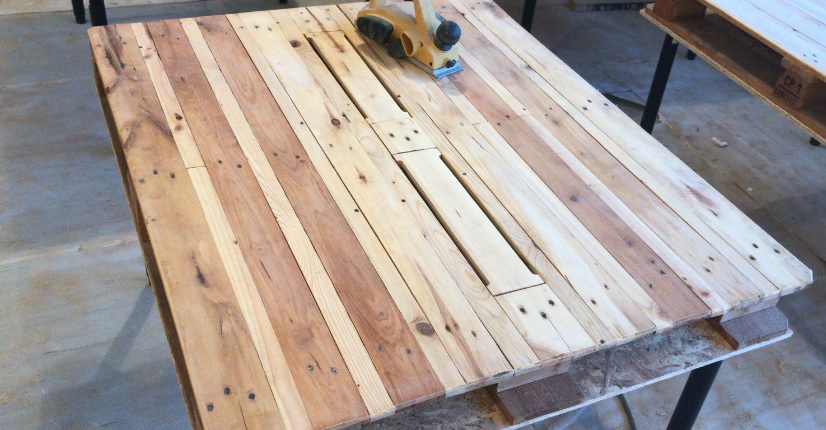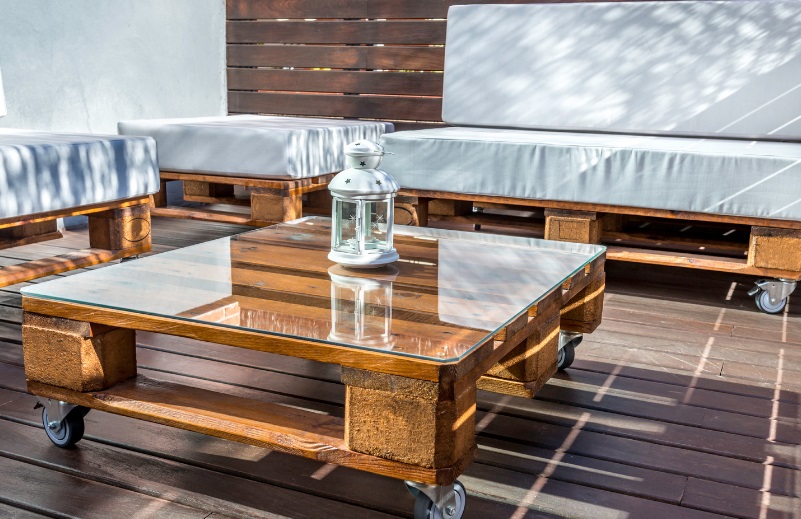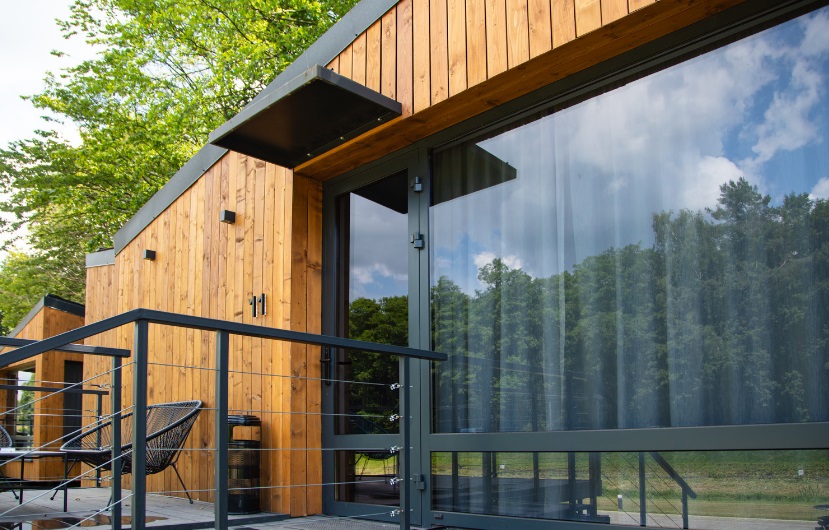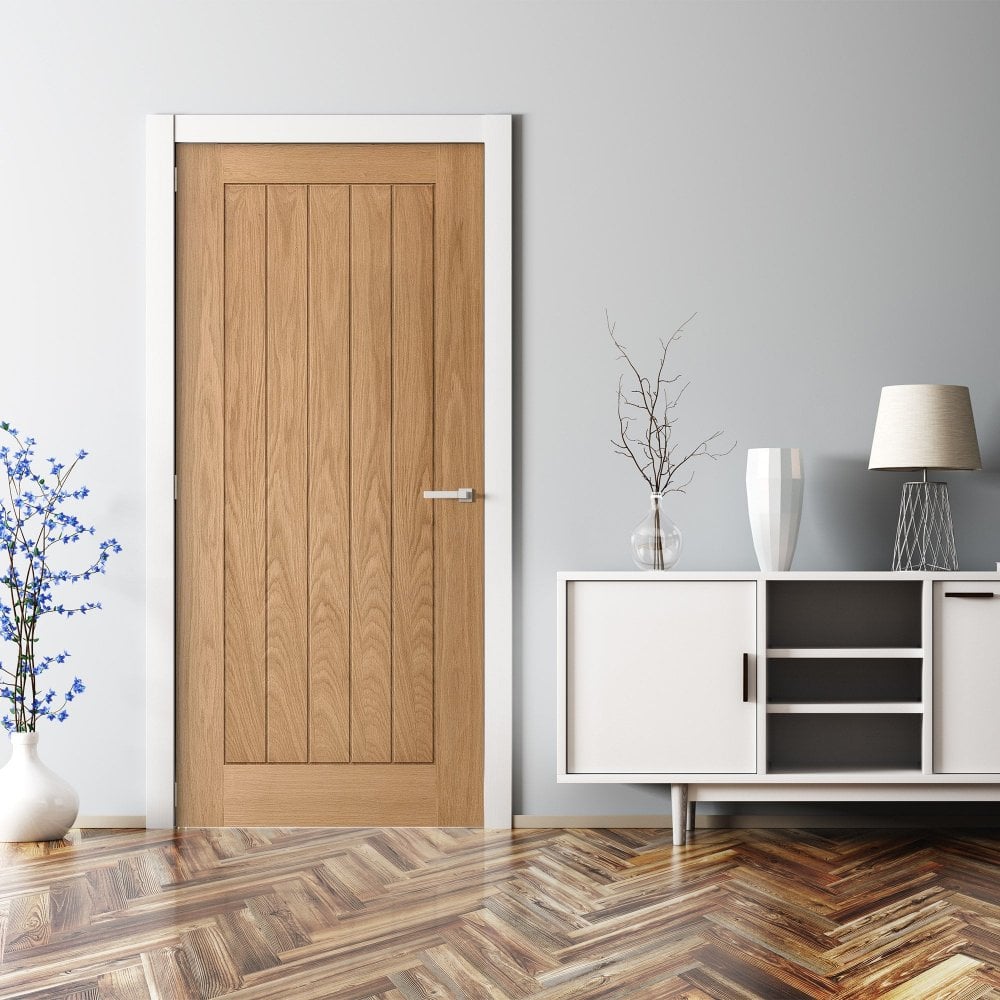Wooden Pallet Furniture
The Versatility of Furniture Made from Wooden Pallets
In recent years, the trend of using wooden pallets to create furniture has gained significant popularity among DIY enthusiasts and interior designers alike. This trend is not just about aesthetics; it embodies sustainability, creativity, and affordability. Wooden pallets, often seen as industrial waste, are being repurposed into stylish and functional furniture pieces that can transform any space.
The Appeal of Wooden Pallet Furniture
One of the main attractions of pallet furniture is its eco-friendliness. By using reclaimed pallets, individuals contribute to reducing waste and minimizing their carbon footprint. Wooden pallets are often discarded after a single use, but with a little creativity and effort, they can be transformed into beautiful, durable furniture items. This aligns with the growing trend of sustainable living and eco-conscious consumerism.
Furthermore, pallet furniture is incredibly versatile. Pallets can be used to create a wide array of furniture pieces, including coffee tables, sofas, beds, and even outdoor furniture. Their modular nature allows for easy customization, making it simple to adapt pieces to fit specific needs or aesthetics. For those who enjoy crafting, working with pallets provides a unique opportunity to engage in hands-on projects that yield functional and attractive results.
DIY Projects: Creating Your Own Pallet Furniture
For many, the appeal of wooden pallet furniture lies in the DIY aspect. Creating furniture from pallets can be a rewarding project that showcases individual creativity. To get started, it’s important to select the right pallets. Look for pallets that are in good condition—those that are free of rot, mold, or chemical treatments. The most commonly used pallets are the standard Euro pallet or the American GMA pallet.
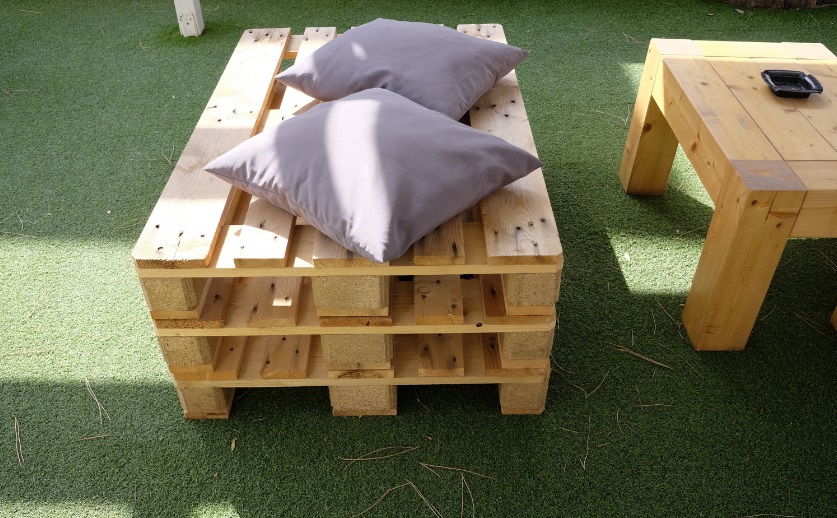
Once you have your pallets, the process typically begins with disassembly. This can be done carefully with a pry bar or saw to avoid damaging the wood. After disassembly, the wood should be sanded to remove rough edges and splinters, making it safe for use in furniture.
A popular DIY project is the creation of a coffee table. This can be achieved by stacking two or more pallets, securing them together, and adding a layer of glass on top for a polished finish. For added functionality, wheels can be attached to the bottom, allowing for easy movement.
Another favorite is the pallet sofa. By stacking pallets and adding cushions, one can create a comfortable and inviting seating area. This project not only adds character to a living space but also provides an opportunity to incorporate bright colors and patterns through the choice of cushions and upholstery.
Functional and Stylish Designs
Beyond DIY projects, many professional furniture makers and designers have embraced the pallet trend, creating polished pieces that can be sold commercially. These designs often focus on aesthetics, integrating the rustic charm of pallet wood with modern design elements. Furniture pieces such as dining tables, beds, and shelving units can be crafted to highlight the natural grain of the wood, often finished with stains or paints that enhance their visual appeal.
Pallet furniture is also adaptable to various design styles. From minimalist and industrial to bohemian and rustic, the wood’s natural imperfections and variations allow it to fit seamlessly into diverse interiors. With the right treatment, pallet furniture can exude a sense of warmth and character, making it an attractive addition to any room.
Challenges and Considerations
While there are many benefits to using wooden pallets for furniture, there are also some challenges to consider. Not all pallets are created equal; some may be treated with chemicals that can be harmful if used indoors. It is crucial to ensure that the pallets used for furniture are safe and suitable for the intended purpose.
Additionally, the durability of pallet furniture can vary based on the quality of the wood and the construction techniques used. Ensuring that furniture pieces are well-constructed and maintained is vital for longevity. Regular cleaning and occasional refinishing can help preserve the wood and keep it looking its best.
Conclusion
Furniture made from wooden pallets represents a unique blend of sustainability, creativity, and functionality. As a versatile material, pallets can be transformed into an array of furniture pieces that cater to both aesthetic preferences and practical needs. Whether you’re a DIY enthusiast looking for a new project or someone interested in sustainable living, wooden pallet furniture offers endless possibilities. With thoughtful design and a bit of effort, you can create beautiful, eco-friendly furniture that adds character to any space. As the trend continues to evolve, it’s clear that wooden pallets will remain a favored resource in the world of furniture design.

